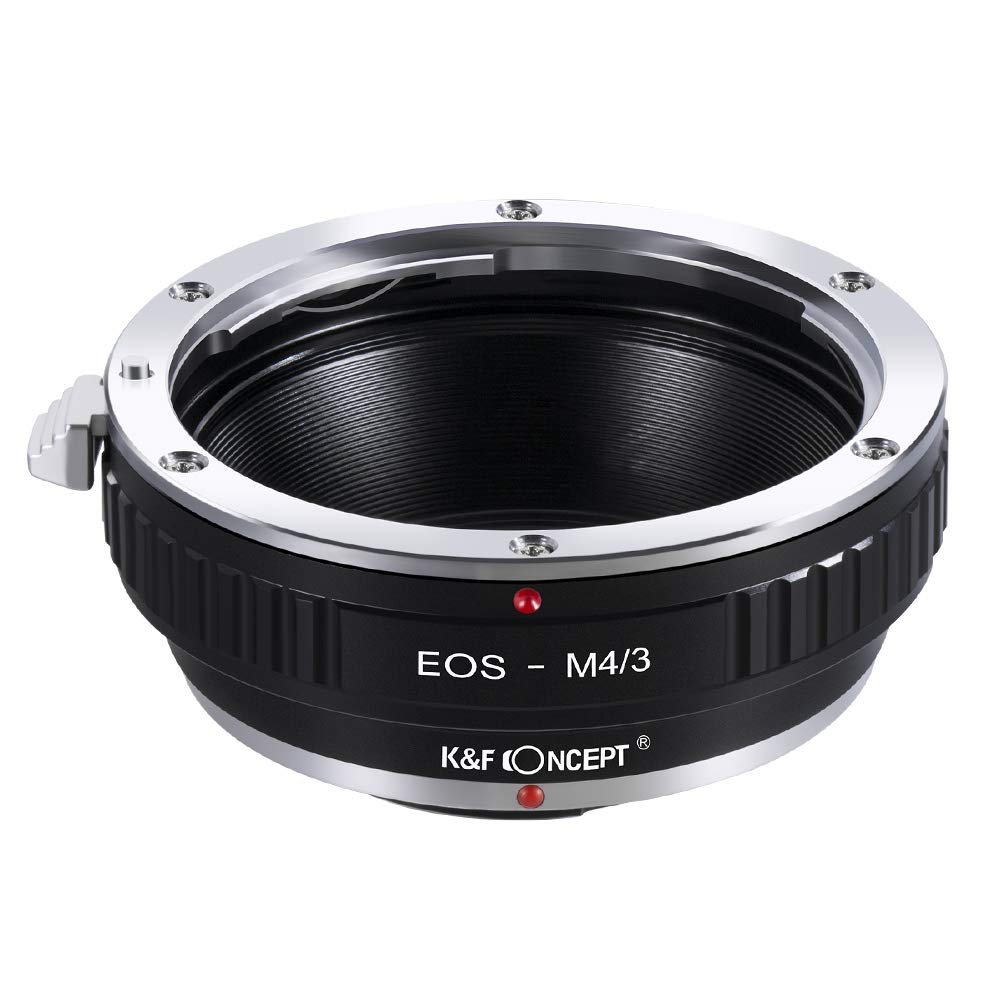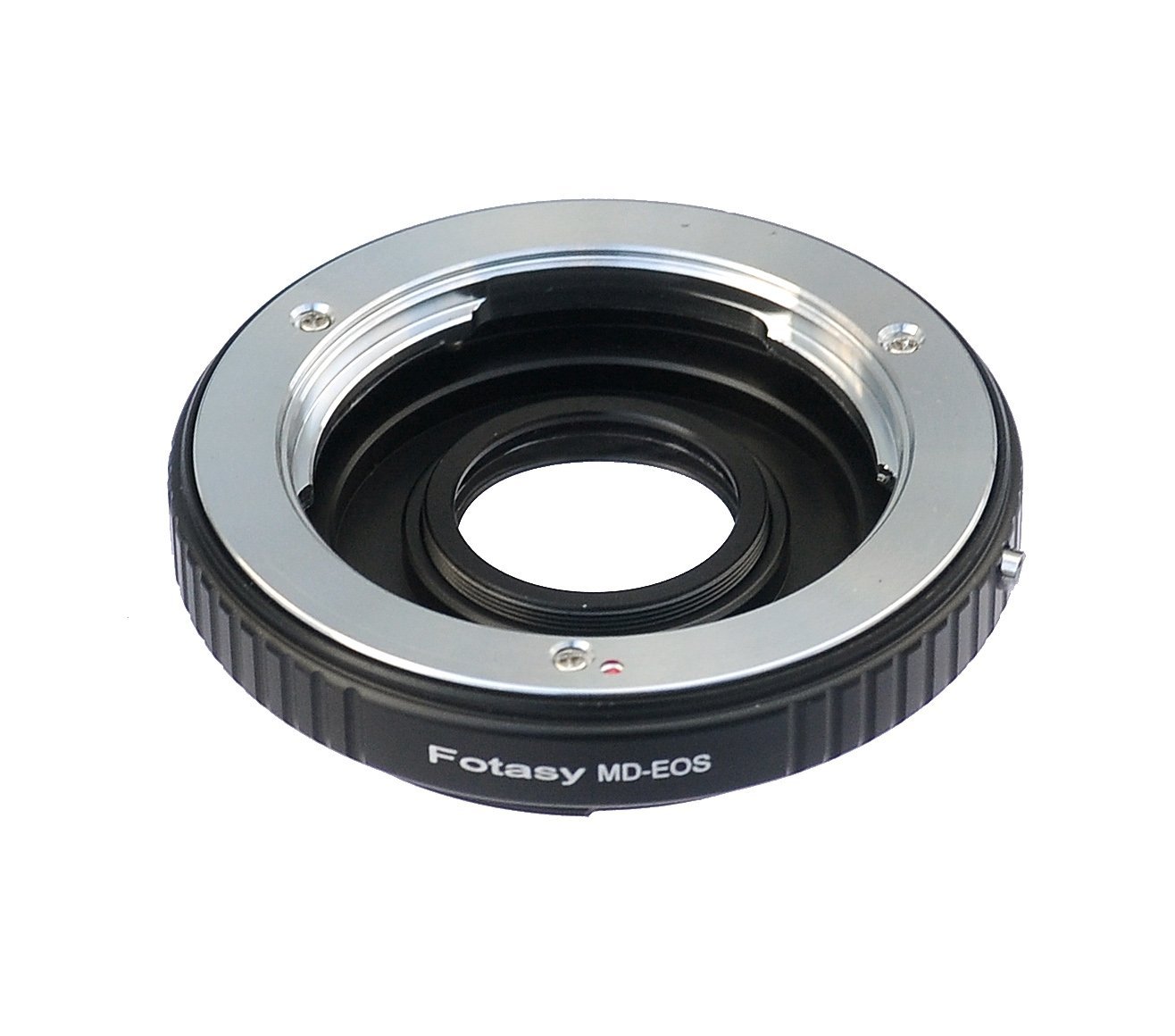Photomicrography lets you capture stunning images of microscopic subjects. Whether you’re a scientist, educator, or photography enthusiast, the right adapter can make all the difference in your photomicrography experience. These specialized tools connect your camera to your microscope, enabling you to document and share your discoveries with clarity and precision.
When choosing a photomicrography adapter, make sure the adapter fits both your microscope’s eyepiece and your camera’s lens mount. You’ll also want to ensure that the adapter maintains the resolution and clarity of your microscope’s view. Lastly, consider how easy it is to use, especially if you’ll be switching between visual observation and photography frequently.
With the right photomicrography adapter, you can capture breathtaking images of tiny organisms, intricate crystal structures, and cellular details. These tools bridge the gap between scientific observation and artistic expression, allowing you to share the beauty of the microscopic world with others.
Best Photomicrography Adapters
Ready to capture the microscopic world in stunning detail? You’re in the right place. We’ve compiled a list of top-notch photomicrography adapters to help you connect your camera to your microscope and snap incredible images of the tiny universe around us.
K&F Canon to MFT Adapter
This high-quality lens adapter is a must-have for photographers looking to use Canon EF lenses on Micro Four Thirds cameras.
- Precision-made for a perfect fit
- Durable brass and aluminum construction
- Allows infinity focus
- Doesn’t work with Canon STM lenses
- Manual aperture control only
- Magnifies focal length
The K&F Concept lens adapter opens up a world of possibilities for your Micro Four Thirds camera. You’ll be able to use your Canon EF and EF-S lenses on Olympus and Panasonic bodies, greatly expanding your optical options. The adapter’s smooth surface ensures easy mounting, while its solid construction provides a secure connection between your lens and camera.
Keep in mind that this is a fully manual adapter. You’ll need to adjust aperture manually, as electronic controls aren’t transferred. This might take some getting used to, but it can also be a great way to learn more about exposure and gain finer control over your images.
One interesting feature is the focal length magnification. When you use this adapter, your lens’s effective focal length will be doubled on Micro Four Thirds cameras. This can be a boon for wildlife and sports photographers, giving your telephoto lenses even more reach. However, it also means your wide-angle lenses won’t be quite as wide on MFT bodies.
Neewer EF to RF Adapter
This affordable adapter expands your lens options for Canon EOS R cameras while maintaining key functionality.
- Enables use of EF/EF-S lenses on EOS R cameras
- Customizable control ring for adjusting settings
- Supports autofocus and image stabilization
- Doesn’t support AF-C in video mode
- May fit loosely with some lenses
- Requires lens support for heavier lenses
The Neewer EF to RF Adapter opens up a world of possibilities for your Canon EOS R camera. You can now use your existing EF and EF-S lenses, saving you from investing in entirely new RF glass. This adapter maintains autofocus and image stabilization capabilities, ensuring you don’t lose functionality when using your older lenses.
One standout feature is the built-in control ring. You can customize it to adjust various settings like shutter speed, aperture, or ISO. This adds a layer of convenience, especially if you’re used to having these controls on your RF lenses.
While the adapter performs well overall, it’s not without limitations. It doesn’t support continuous autofocus in video mode, which could be a dealbreaker for some filmmakers. Additionally, some users have reported a slightly loose fit with certain lenses. Keep this in mind if you plan to use it with particularly heavy glass.
The ability to update firmware via USB is a nice touch. This ensures you can benefit from future improvements and bug fixes. Remember to check Neewer’s website periodically for updates to keep your adapter performing at its best.
Fotasy MD-EF Lens Adapter
This affordable adapter opens up exciting possibilities for Canon DSLR users to experiment with vintage Minolta MD lenses.
- Enables use of Minolta MD lenses on Canon EOS cameras
- Includes glass element for infinity focus
- Compatible with a wide range of Canon DSLR models
- Manual focus and exposure adjustments required
- No electrical contacts for lens data communication
- May affect image quality slightly
The Fotasy MD-EF adapter bridges the gap between old and new, allowing you to mount Minolta MD lenses on your Canon EOS DSLR. This budget-friendly option lets you explore the unique characteristics of vintage glass without breaking the bank.
You’ll need to adjust focus and exposure manually, as there are no electrical contacts. While this might seem like a drawback, it can actually enhance your photographic skills by encouraging a more hands-on approach. The inclusion of a glass element ensures you can achieve infinity focus, expanding your creative possibilities.
Compatible with a wide range of Canon DSLRs, from entry-level Rebel series to professional 5D models, this adapter offers versatility. Keep in mind that adapting lenses may introduce slight optical imperfections, but many users find the trade-off worthwhile for the distinctive look of vintage optics.
GEORDGY Canon to Sony Lens Adapter
You might find this adapter useful if you want to use Canon lenses on Sony cameras, but be prepared for some quirks.
- Compatible with many Sony camera models
- Offers both contrast and phase detection autofocus
- Supports image stabilization
- Autofocus can be slow or unreliable
- Switching focus modes can be confusing
- Not recommended for NEX series cameras
This lens adapter allows you to mount Canon EF and EF-S lenses on Sony E-mount cameras. It’s designed to work with a wide range of Sony models, including the A7 and A9 series. The adapter features metal construction with gold-plated contacts for durability and signal transmission.
One of the standout features is the dual autofocus function. You can switch between contrast detection and phase detection autofocus modes. This flexibility can be helpful in different shooting situations. The adapter also supports image stabilization, which can help reduce camera shake.
Using this adapter requires some patience and practice. Some users report slow or inconsistent autofocus performance, especially with longer focal lengths. The process of changing focus modes isn’t always intuitive. You might need to experiment with different settings to get the best results. Keep in mind that it’s not recommended for Sony NEX series cameras due to potential autofocus issues.
Urth Canon to Sony Adapter
This budget-friendly adapter allows you to use Canon lenses on Sony cameras, but comes with some limitations.
- Enables Canon lens use on Sony bodies
- Affordable price point
- Sturdy aluminum construction
- No autofocus support
- Manual exposure adjustments required
- Incompatible with some lenses
The Urth Canon to Sony adapter opens up new creative possibilities for your photography. You can now mount your Canon EF and EF-S lenses onto Sony E-mount cameras, expanding your lens options without breaking the bank.
Crafted from durable aluminum and copper, this adapter features a matte anti-reflection coating. It’s designed for a snug, light-tight fit to ensure optimal image quality. The easy-to-use mounting mechanism allows for quick lens changes in the field.
Keep in mind that this is a fully manual adapter. You’ll need to adjust focus and exposure settings yourself, which can be a challenge for fast-paced shooting situations. Some users have reported issues with certain lenses, so it’s worth double-checking compatibility before purchasing.
Buying Guide
Choosing the right photomicrography adapter can be tricky. Here’s what to consider when making your selection:
Compatibility
Check if the adapter fits your microscope and camera models. Universal adapters exist, but specific ones often provide better results.
Image Quality
Look for adapters that minimize distortion and maintain clarity. High-quality glass elements are crucial for crisp, clear images.
Magnification
Consider the magnification range you need. Some adapters offer variable magnification, while others are fixed.
Ease of Use
User-friendly designs make your photomicrography sessions smoother. Quick-release mechanisms and tool-free adjustments are handy features.
Durability
Opt for adapters made from sturdy materials like aluminum or brass. They’ll withstand frequent use and last longer.
Price
While budget matters, don’t sacrifice quality. Investing in a good adapter pays off in better images and longevity.
Additional Features
| Feature | Benefit |
|---|---|
| Anti-reflection coating | Reduces glare and improves contrast |
| Built-in filters | Allows for on-the-spot adjustments |
| Camera control interface | Enables remote shooting |
Remember to read reviews and ask fellow microscopists for recommendations. Your perfect adapter awaits!






